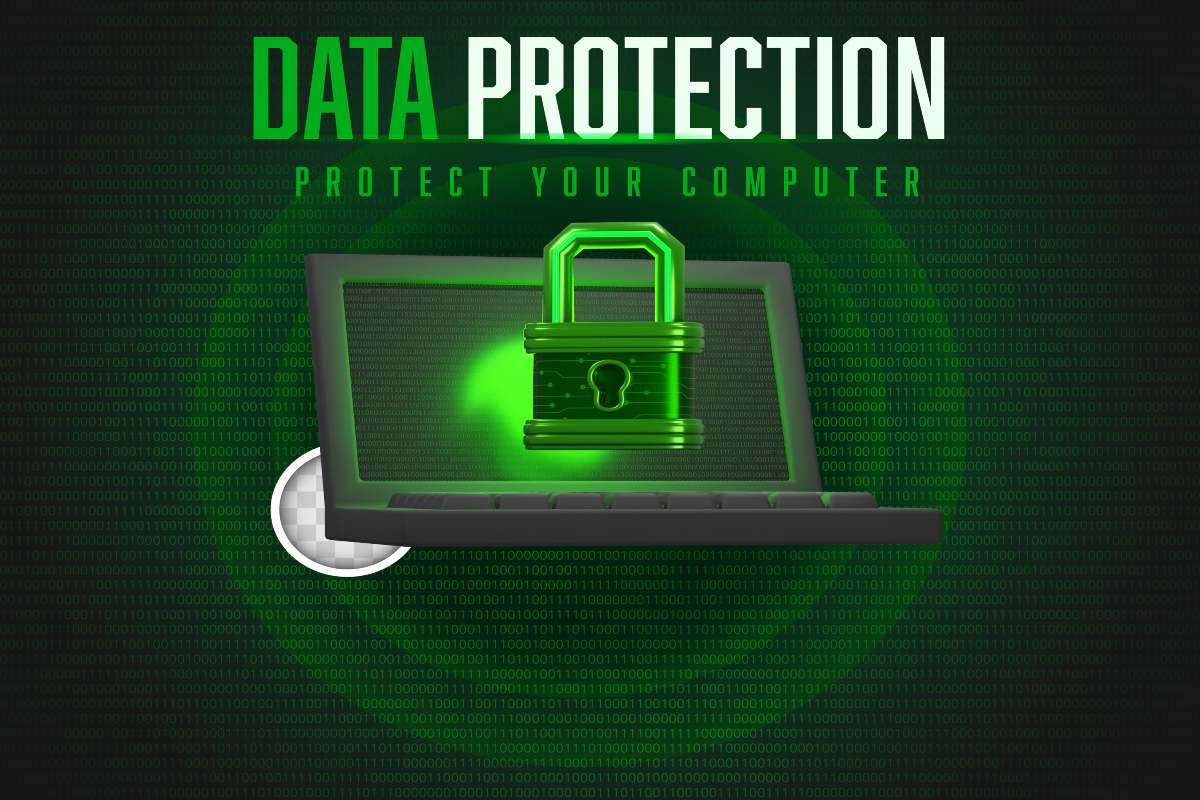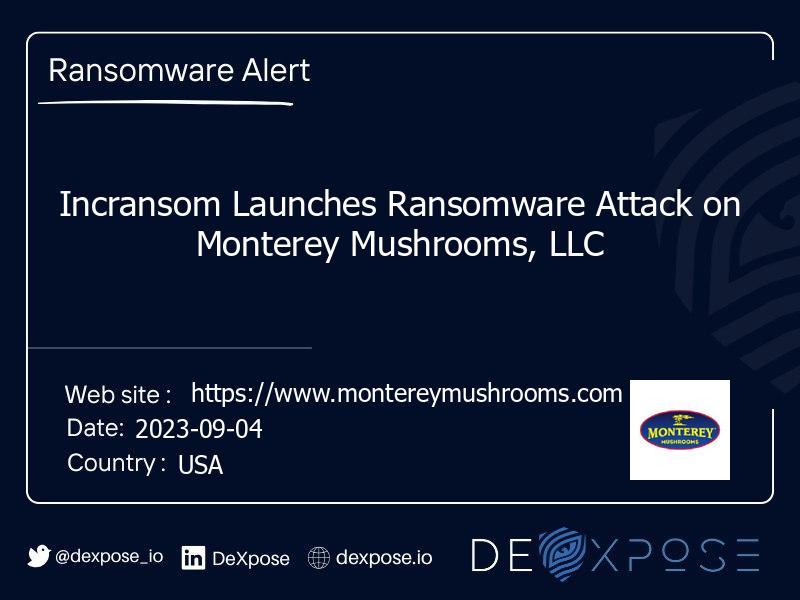In today’s hyper-connected digital landscape, organizations are under constant pressure to secure sensitive information. The rise of cloud platforms, remote work, and third-party integrations has made data flow more complex than ever before. With cybercriminals actively targeting corporate networks, even a single accidental exposure can result in massive financial loss, regulatory fines, and long-term reputational damage. That is why data leak prevention has become not only a security best practice but also a critical business imperative.
This guide dives deep into strategies, tools, and frameworks that businesses can adopt to prevent leaks, safeguard customer trust, and strengthen resilience against evolving cyber threats.
Understanding Data Leaks vs. Data Breaches
Before exploring preventive measures, it’s essential to clarify the difference between two often-confused terms:
- Data Leak: Typically, unintentional. It occurs when sensitive data is exposed, misconfigured, or accidentally shared. Examples include misconfigured cloud storage, employees emailing files to the wrong recipients, or unsecured databases accessible online.
- Data Breach: A deliberate, malicious act where attackers infiltrate systems to steal or exfiltrate data.
Understanding this distinction helps organizations design better protection strategies by addressing both accidental exposure and malicious attacks.
The Real-World Impact of Data Leaks
Data leaks may seem less dramatic than breaches, but their consequences are equally severe:
- Financial Losses: Regulatory fines under GDPR, CCPA, or HIPAA can be devastating.
- Loss of Trust: Customers and partners lose confidence if their personal or business data is mishandled.
- Competitive Disadvantage: Exposed intellectual property or trade secrets can undermine innovation.
- Operational Disruptions: Incident response diverts resources and causes downtime.
By recognizing these impacts, leaders can prioritize prevention efforts instead of relying solely on reactive measures.
Familiar Sources of Data Leaks
Organizations must first understand where risks originate:
- Human Error: Accidental file sharing, weak passwords, and mishandling of sensitive documents.
- Cloud Misconfigurations: Improperly secured storage buckets, databases, or applications left open to public access.
- Shadow IT: Employees using unauthorized apps or tools that lack enterprise-grade security.
- Third-Party Vendors: Supply chain partners or contractors with weak security controls.
- Endpoint Vulnerabilities: Laptops, mobile devices, or unmanaged endpoints are leaking sensitive data.
- Insider Threats: Disgruntled employees or careless staff misusing access privileges.
By mapping these leak vectors, organizations can create tailored safeguards.
Core Principles of Effective Data Leak Prevention
Preventing leaks requires a holistic approach that combines technology, processes, and culture. Core principles include:
- Least Privilege Access: Employees should only have access to the data needed for their role.
- Data Classification: Categorizing information (public, internal, confidential, restricted) helps enforce targeted controls.
- Encryption Everywhere: Both data at rest and data in transit should be protected with robust encryption standards.
- Monitoring and Visibility: Continuous surveillance of networks, endpoints, and cloud services to detect anomalies.
- Regular Audits: Ensuring compliance with security frameworks through periodic reviews.
- Employee Awareness: Building a culture of security through training and accountability.
Best Practices for Data Leak Prevention in 2025
1. Strengthen Identity and Access Management (IAM)
Modern IAM solutions enable granular control over user privileges, enforce multi-factor authentication, and monitor unusual login patterns.
2. Adopt Zero Trust Architecture
“Never trust, always verify” ensures that every access request is authenticated, authorized, and encrypted, regardless of location.
3. Deploy Data Loss Prevention (DLP) Tools
Advanced DLP platforms inspect data flows across endpoints, email, cloud, and networks to block unauthorized transmissions.
4. Secure Cloud Environments
Use cloud security posture management (CSPM) tools to identify misconfigurations and enforce compliance across multi-cloud environments.
5. Implement Endpoint Detection and Response (EDR)
Protect remote workforces by detecting threats on laptops, smartphones, and IoT devices.
6. Continuous Threat Intelligence Monitoring
Monitor dark web forums, infostealer logs, and breach databases to identify if sensitive data is being sold or exposed.
7. Third-Party Risk Management
Continuously assess vendor security posture to minimize supply chain exposure.
8. Regular Incident Response Drills
Proactive testing ensures readiness to contain and mitigate any accidental or malicious exposure.
Advanced Strategies for Enterprises

Large organizations need scalable, enterprise-grade strategies:
- AI-Powered Threat Detection: Leverage machine learning to detect anomalies and insider threats in real-time.
- Secure Collaboration Platforms: Use end-to-end encrypted platforms for internal and external file sharing.
- Microsegmentation: Reduce risk exposure by isolating sensitive workloads within networks.
- Blockchain for Data Integrity: Adopt blockchain-based solutions for immutable records of sensitive transactions.
These advanced techniques complement foundational practices for stronger resilience.
Data Leak Prevention for Different Use Cases
For Small Businesses: How to Prevent Data Leaks on a Budget
Small firms often lack resources but face equal risks. Simple measures like password managers, regular updates, and cloud-based DLP can be highly effective.
For SaaS Companies: Protecting Customer Data in Multi-Tenant Environments
Cloud-native businesses must prioritize database segmentation, API security, and compliance to safeguard client trust.
For Healthcare Providers: Preventing PHI Exposure
Healthcare organizations need HIPAA-compliant encryption, secure EMR systems, and monitoring of insider activity.
For Financial Institutions: Preventing Insider-Driven Data Loss
Banks and insurance providers should combine strict IAM, behavioral analytics, and transaction monitoring.
For Remote Workforces: Securing Endpoints and Collaboration Tools
VPNs, endpoint encryption, and zero trust ensure that remote employees don’t become leakage vectors.
Also Read: Cyber Threat Management Guide for a Secure Digital Future
Measuring the Success of Your Data Leak Prevention Program
Effectiveness should be measurable. Key performance indicators (KPIs) include:
- Number of identified vs. blocked leak attempts.
- Employee compliance rates with security training.
- Percentage of sensitive data encrypted.
- Incident response time improvements.
- Reduction in misconfigured assets.
By tracking these metrics, organizations can refine strategies continuously.
Future Trends in Data Leak Prevention
The coming years will reshape how organizations secure data:
- AI-Powered Predictive Analytics: Moving from reactive to predictive defense.
- Integration with Cyber Insurance: Compliance with prevention standards may lower premiums.
- Privacy-Enhancing Technologies (PETs): Tools like homomorphic encryption and differential privacy are gaining traction.
- Automated Compliance Frameworks: Continuous monitoring mapped directly to regulatory requirements.
Organizations that embrace these trends will stay ahead of attackers and regulators alike.
How DeXpose Helps Businesses Stay Ahead

Modern threats require modern solutions. Platforms like DeXpose provide organizations with the intelligence and monitoring capabilities needed to:
- Detect compromised credentials on the dark web.
- Continuously monitor breach data for exposure.
- Map digital attack surfaces across vendors and partners.
- Provide real-time alerts for proactive response.
By integrating these tools, businesses move beyond prevention into proactive resilience.
Conclusion
In 2025, protecting sensitive data is no longer optional—it is the foundation of sustainable growth, customer trust, and regulatory compliance. By adopting comprehensive data leak prevention strategies, organizations not only avoid costly breaches but also build resilience that sets them apart in a competitive market.
Companies that view prevention as an investment, rather than a cost, gain an edge. They demonstrate accountability, protect their customers, and earn long-term trust. And in a digital economy where trust is currency, this becomes the ultimate competitive advantage.
Frequently Asked Questions (FAQs)
What is the difference between data leak prevention and data loss prevention?
Data leak prevention focuses on stopping unauthorized exposure of sensitive data, whether accidental or intentional. Data loss prevention, often abbreviated as DLP, is the broader category of tools and policies that detect, monitor, and block sensitive data from leaving an organization’s environment.
How can small businesses implement effective data leak prevention without big budgets?
Small businesses can adopt cost-effective measures such as strong password management, cloud-based security tools, employee awareness training, and free or low-cost breach monitoring solutions. Many modern SaaS-based tools scale affordably for smaller organizations.
Are cloud services more vulnerable to data leaks than on-premises systems?
Not necessarily. Cloud providers invest heavily in security, but misconfigurations by users often lead to exposure. With proper cloud security posture management and adherence to shared responsibility models, cloud environments can be as secure—or even more secure—than on-premises systems.
How does employee training help in preventing data leaks?
Human error is one of the most common causes of leaks. Training helps employees recognize phishing attempts, handle sensitive files responsibly, and comply with security policies. A culture of security awareness significantly reduces risk.
What should organizations do if a data leak is detected?
Immediate steps include isolating the source of the leak, notifying relevant stakeholders, engaging incident response teams, and complying with regulatory reporting requirements. Long-term, organizations should review root causes and strengthen controls to prevent recurrence.






